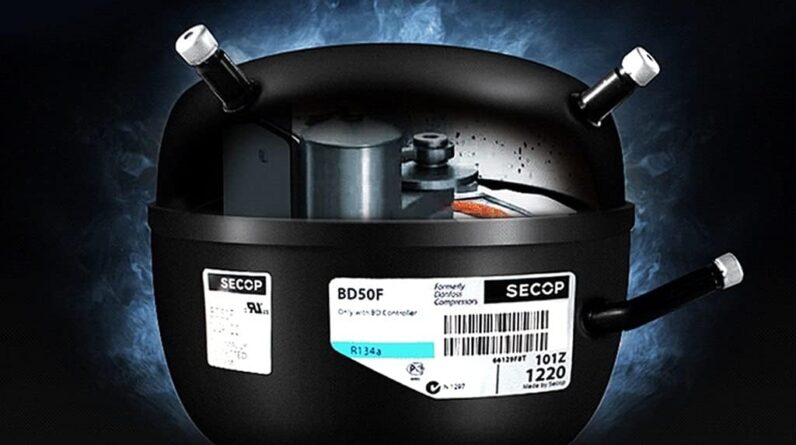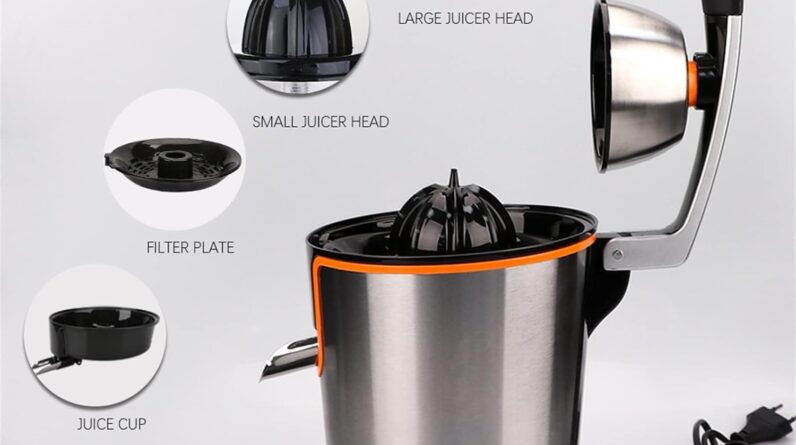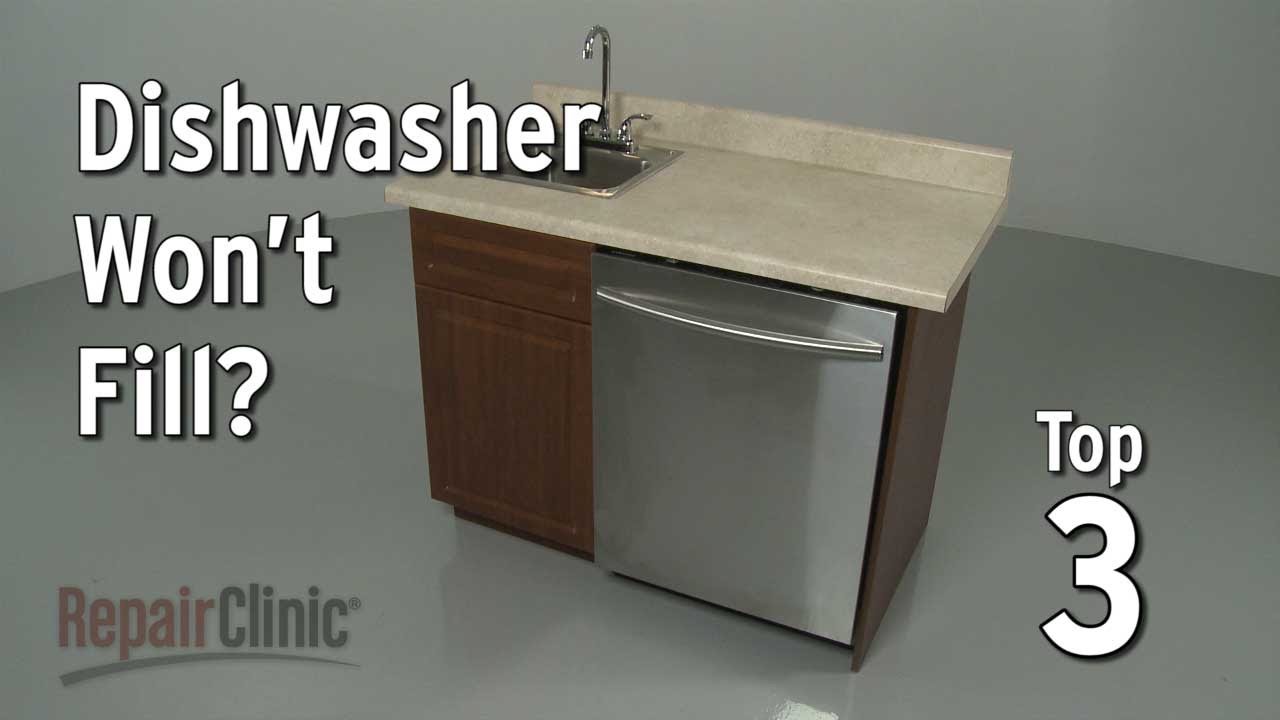
In this article, you will discover valuable tips and practical advice on troubleshooting a common household appliance issue: a dishwasher that isn’t heating water. Whether you’re experiencing this problem firsthand or want to be prepared for future mishaps, we’ve got you covered. From simple preventative measures to step-by-step solutions, you’ll learn everything you need to know to keep your dishwasher running smoothly and efficiently. So, let’s get started on resolving this frustrating issue and get your dishwasher back to its full potential in no time.

This image is property of assets.searshomeservices.com.
Check the Power Source
Ensure the dishwasher is properly plugged in
The first thing you should do when troubleshooting a dishwasher that isn’t heating water is to check the power source. Make sure that your dishwasher is properly plugged in and that the power cord is securely connected to the outlet. Sometimes, due to movement or accidental unplugging, the dishwasher may not be receiving power.
Check the circuit breaker
If the dishwasher is plugged in properly but still doesn’t heat water, the next step is to check the circuit breaker. Sometimes, a tripped breaker can be the reason behind the issue. Head to your home’s electrical panel and locate the breaker that controls the dishwasher. Check if it has tripped or is in the “off” position. If it has tripped, simply switch it back on and test the dishwasher again.
Inspect the power cord for any damages
Another possible reason for the dishwasher not heating water could be a damaged power cord. Carefully examine the power cord for any frays, cuts, or apparent damages. If you notice any issues, it is important to replace the power cord to ensure the safe operation of your dishwasher.
Check the Water Supply
Verify that the water supply valve is open
When your dishwasher isn’t heating water, it’s essential to check the water supply. Ensure that the water supply valve, usually located under the sink or near the dishwasher, is fully open. Sometimes, due to accidental closing or plumbing repairs, the valve may be partially or completely closed, leading to insufficient water supply.
Check for any obstructions in the water inlet valve
A clogged water inlet valve can also cause your dishwasher not to heat water properly. Carefully inspect the water inlet valve, which is typically located behind the lower access panel or inside the dishwasher near the water supply line. Look for any debris, sediment, or mineral deposits that may be obstructing the valve. If you find any blockages, clean them out to allow proper water flow.
Inspect the water supply line for kinks or blockages
In addition to checking the water inlet valve, it’s important to examine the water supply line. Look for any kinks, twists, or bends in the line that may be restricting the water flow. Additionally, inspect the line for any blockages or debris that may prevent hot water from entering the dishwasher. Straighten out any kinks and clean the line if necessary to ensure a proper water supply.
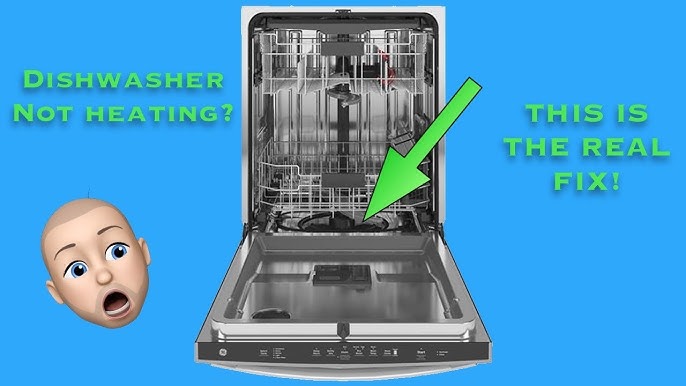
This image is property of i.ytimg.com.
Assess the Heating Element
Inspect the heating element for visible signs of damage or corrosion
The heating element plays a crucial role in heating the water in your dishwasher. Inspect the heating element for any visible signs of damage, such as cracks, breaks, or discoloration. Additionally, look for any corrosion or buildup that may affect its functionality. If you notice any issues, it’s advisable to replace the heating element to restore proper water heating.
Test the heating element for continuity using a multimeter
If the heating element appears to be visually intact, it’s still necessary to test it for continuity. Using a multimeter, you can check if the element is functioning correctly. Follow the manufacturer’s instructions on how to use the multimeter and test the heating element accordingly. If the continuity test fails, it indicates that the heating element is faulty and needs to be replaced.
Replace the heating element if it is faulty
If the inspection and continuity test reveal that the heating element is indeed faulty, it’s vital to replace it. Contact a professional technician or refer to your dishwasher’s manual for guidance on how to properly replace the heating element. Ensure that you use a compatible replacement part to maintain optimal performance and safety.
Evaluate the Thermostat
Check if the thermostat is set to the appropriate temperature
The thermostat in your dishwasher controls the temperature of the water during the wash cycle. It’s important to verify that the thermostat is set to the appropriate temperature for heating water. If it’s set too low, the water may not reach the desired temperature. Adjust the thermostat to the recommended setting and check if the water heats up properly.
Test the thermostat for continuity using a multimeter
To ensure the thermostat is functioning correctly, you can test it for continuity using a multimeter. Disconnect the dishwasher from the power source and carefully access the thermostat. Follow the manufacturer’s instructions to properly use the multimeter and carry out the continuity test. If the reading indicates a lack of continuity, it means that the thermostat is defective and should be replaced.
Replace the thermostat if it is defective
If the continuity test confirms that the thermostat is defective, it’s essential to replace it. Consult a professional technician or refer to your dishwasher’s manual for specific instructions on replacing the thermostat. Choose a compatible replacement part and take care to follow all safety precautions during the installation process.
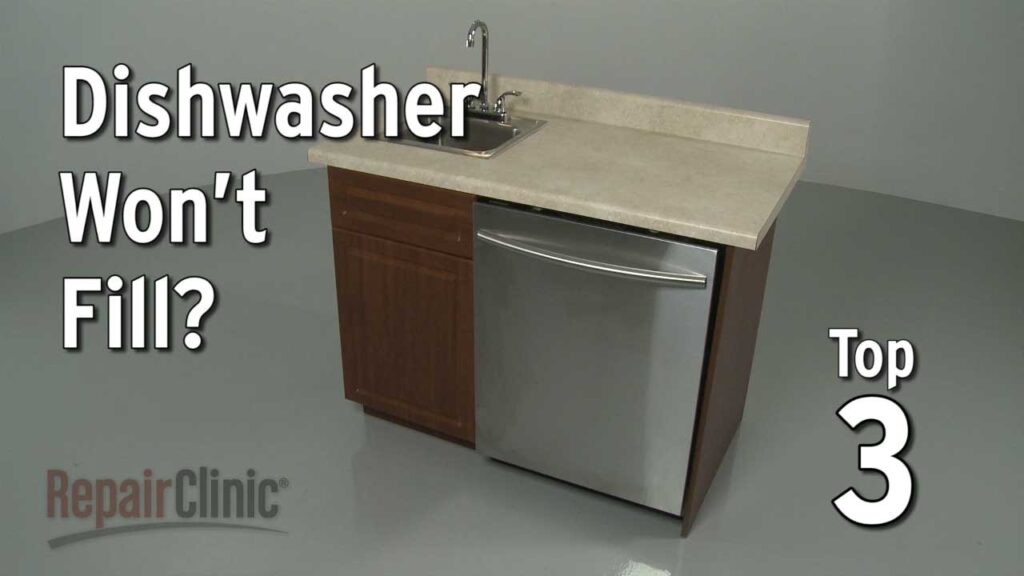
This image is property of i.ytimg.com.
Inspect the Control Board
Check for any burnt or damaged components on the control board
The control board, also known as the main control module, controls various functions of the dishwasher, including heating. Carefully inspect the control board for any signs of burnt or damaged components. Burnt marks, discoloration, or visible damage may indicate a malfunctioning control board.
Test the control board for proper functionality
While visually inspecting the control board is helpful, it’s best to test it for proper functionality. Due to the complexity of electrical components, it’s recommended to seek help from a professional technician for this step. They can use specialized tools and knowledge to test the control board accurately.
Replace the control board if necessary
If testing or professional assessment determines that the control board is faulty, it’s crucial to replace it. This repair task is typically best left to experienced technicians or appliance repair professionals. They can source the correct replacement part and install it correctly, ensuring that your dishwasher functions properly.
Examine the Timer
Verify if the timer is functioning correctly
The timer in your dishwasher regulates the duration of each cycle. A malfunctioning timer may result in inadequate heating of the water. Verify if the timer is functioning correctly by allowing the dishwasher to go through a complete cycle. Monitor the time it takes for each stage and check if it corresponds to the expected durations.
Test the timer for continuity using a multimeter
To ensure the timer is working properly, you can test it for continuity with a multimeter. Disconnect the dishwasher from the power source and access the timer according to the manufacturer’s instructions. Use the multimeter to check for continuity, following the specific testing procedures provided. If the continuity test fails, it indicates a faulty timer.
Replace the timer if it is faulty
If the timer is determined to be faulty based on the continuity test or professional assessment, it’s necessary to replace it. Reach out to a professional technician or refer to the dishwasher’s manual for guidance on replacing the timer. Proper installation and compatibility with the dishwasher model are crucial for optimal performance.

This image is property of i.ytimg.com.
Check the Door Switch
Ensure the door switch is engaging properly when the dishwasher door is closed
The door switch is responsible for detecting whether the dishwasher door is properly closed. If the door switch doesn’t engage correctly, it may interrupt the heating process. Ensure that the door switch is engaging properly by closing the dishwasher door firmly and observing if it aligns with the switch mechanism. If there are any issues, adjust or replace the door switch accordingly.
Test the door switch for continuity using a multimeter
To confirm that the door switch is functioning correctly, you can test it for continuity using a multimeter. Disconnect the dishwasher from the power source and access the door switch, following the manufacturer’s instructions. Use the multimeter to check if there is continuity when the switch is engaged and no continuity when it’s released. Any inconsistencies indicate a malfunctioning door switch.
Replace the door switch if it is malfunctioning
If the continuity test or professional evaluation determines that the door switch is malfunctioning, it’s important to replace it. Contact a professional technician or consult the dishwasher’s manual for guidance on replacing the door switch. Proper alignment and installation are crucial to ensure that the new switch functions correctly.
Inspect the Water Inlet Valve
Check for any blockages in the water inlet valve screen
The water inlet valve controls the flow of water into the dishwasher. Any blockages in the valve can impede the water supply and affect the heating process. Inspect the water inlet valve and look for any blockages or debris on the valve screen. Use a soft brush or cloth to clean the screen and remove any obstructions that may hinder water flow.
Test the water inlet valve for continuity using a multimeter
To ensure that the water inlet valve is working properly, you can test it for continuity using a multimeter. Start by disconnecting the dishwasher from the power source and accessing the water inlet valve. Follow the manufacturer’s instructions to properly use the multimeter and carry out the continuity test. If the test shows a lack of continuity, it suggests a faulty water inlet valve.
Replace the water inlet valve if necessary
If the water inlet valve is found to be faulty or the continuity test confirms its malfunction, it’s necessary to replace the valve. Reach out to a professional technician or refer to the dishwasher’s manual for guidance on replacing the water inlet valve. Ensuring compatibility and proper installation is crucial for optimal performance.

This image is property of empire-s3-production.bobvila.com.
Evaluate the Temperature Sensor
Test the temperature sensor for proper readings using a multimeter
The temperature sensor, also known as the thermistor, monitors the water temperature inside the dishwasher. Testing the temperature sensor can help determine if it’s functioning correctly. Disconnect the dishwasher from the power source, locate the temperature sensor, and refer to the manufacturer’s instructions on how to use a multimeter to test for proper readings. If the readings are inaccurate or inconsistent, it indicates a faulty temperature sensor.
Replace the temperature sensor if it is faulty
If the temperature sensor is determined to be faulty based on the readings or professional evaluation, it’s essential to replace it. Consult a professional technician or refer to the dishwasher’s manual for guidance on replacing the temperature sensor. Proper replacement and calibration will ensure accurate temperature monitoring for efficient heating.
Clean the sensor contacts for better accuracy
Sometimes, inaccuracies in temperature readings can be due to dirty or corroded sensor contacts. Before replacing the temperature sensor, try cleaning the sensor contacts using a soft cloth or a small brush. Gently remove any dirt, debris, or corrosion on the contacts to restore accurate temperature monitoring. Clean sensor contacts can help improve the overall accuracy of the temperature sensor.
Consider External Factors
Check the water heater to ensure it is functioning properly
While troubleshooting your dishwasher, it’s essential to consider external factors that can impact its performance. Check your water heater to ensure it’s functioning properly. A malfunctioning water heater may not supply hot water to the dishwasher, leading to heating issues. Test the water heater by running hot water in a sink faucet and verifying if it reaches the desired temperature.
Verify if there is hot water supply to the dishwasher
In addition to the water heater, you should also verify if there is indeed hot water supply to the dishwasher. Sometimes, plumbing issues or restrictions can hinder the hot water flow, affecting the dishwasher’s ability to heat water effectively. Run your kitchen sink faucet on hot and check if hot water flows consistently. If there are any irregularities, consider seeking professional plumbing assistance.
Check the overall water pressure and temperature
Lastly, consider checking the overall water pressure and temperature in your home. Insufficient water pressure or excessively low or high water temperature can affect the dishwasher’s ability to heat water adequately. Test various faucets throughout the house to ensure consistent water pressure. Verify that the water temperature is within the recommended range for optimal dishwasher performance.
By following the steps outlined above, you can effectively troubleshoot and address the issue of your dishwasher not heating water. Remember to prioritize safety at all times, and don’t hesitate to seek professional assistance if needed. With proper maintenance and timely repairs, your dishwasher will continue to serve you efficiently for years to come.


